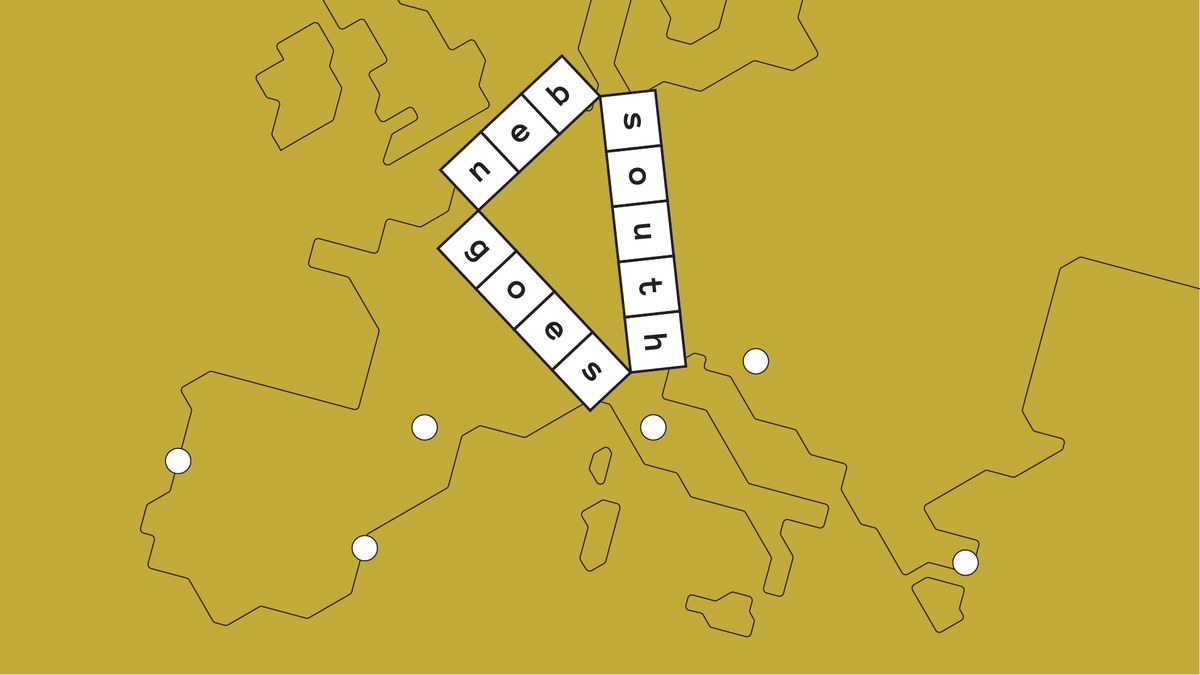The maieutics of the cities Our cities, which have experienced major changes since the mid-twentieth century, need to be rethought, to be repopulated by new architectures full of meaning and capable of responding to the new urgencies imposed on us by the environmental, social and economic situation. After the Second World War, driven by the economy of reconstruction, a mechanism of transformation and growth of European cities was set in motion and, with different declinations depending on the countries and latitudes, it has continued untill today. Working on the consolidated city is the horizon in which contemporary architecture has begun to move for some years now. It is therefore this one a field of research and experimentation for new structures of the urban scene. Redeveloping, regenerating, building on the built, urban recycle, zero consumption, are all lexical formulas that, from different points of view and with different nuances, indicate the same situation and the intent to deal with those areas that the voracity of the urbanization processes of the last half century, has left unresolved or vague or clearly unpleasant. Remedying stretch marks and visual disorder, such as accidents and aporias scattered by the rapid succession of transformations, is one of the tasks that architects will have to face in the near future, perhaps the most conspicuous. In the diversity of approaches and formal outcomes, however, we can recognize a common basic orientation that aims to re-propose the primacy of public space, its decorum and representativeness, in the process of reformulation of the urban landscape. The observation of the built heritage that over the centuries has formed urban places, here understood in its broadest sense and not restricted to what is generally indicated as an object of art, is now part of an architectural culture of the modern that finds its own in it reason for being, one's vital substance. The old European cities, despite the devastation of the war or the various speculative tampering of the last century, are rich of urban places and territories that still today allow contemporary life to unfold more than adequately. And this is even more true today, for example, thanks to the facilities of remote communication that are now enormously facilitated, which make possible to work or maintain relationships in every part of the globe, regardless of where you live. The future social scenarios, of which there are already examples in various parts of the world, will allow us to further rethink the city as a place of conviviality in which the clear division between workplaces and places to live will be less and less accentuated. As in ancient cities, urban specializations may be less and less marked, becoming no longer stringent having to travel long distances to go to the workplace and potentially can animate new civic identities. The discourse is naturally more complex and the field of observation cannot be restricted only to the historical construction. Instead, it must expand towards the many cases that even in modern times have been able to provide convincing answers to the construction of cities precisely because of their constant confrontation with the housing that has been established as a response to consolidated human needs. Architecture as a lasting civil fact and not a mere object of rapidly obsolete hyper-technological design should guide the choices of communities in the creation of new buildings or new neighborhoods. The New European Bauhaus goes South meeting organized by the Cesena School intends take stock of the recent researches through design hypotheses and theories advanced by some exponents of contemporary architectural culture.
